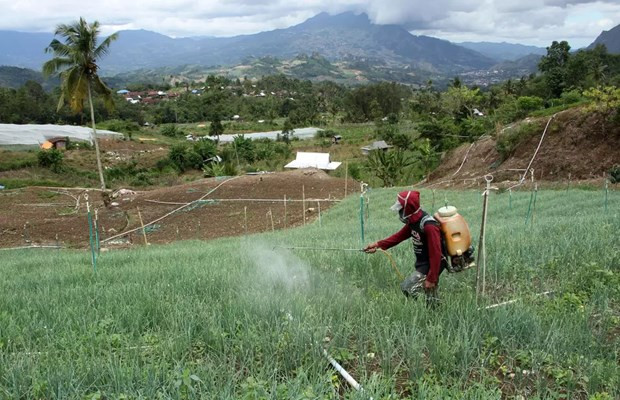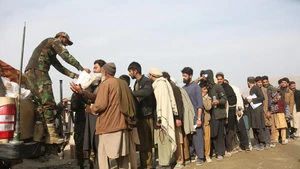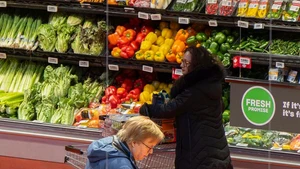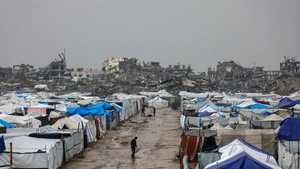At the 34th Senior Officials Committee for the ASEAN Socio-Cultural Community (SOCA) meeting on April 28, Indonesia called for the acceleration of village development. A region-wide network in which the villages can exchange knowledge and explore partnership opportunities can be the impetus for development in ASEAN’s villages.
Joko Kusnanto Anggoro, a special staffer to the chief cultural affairs minister, said at the meeting that ASEAN needs to strengthen its capacity and preparedness to maintain the stability and prosperity within ASEAN as the epicentrum of growth in the Indo-Pacific region. ASEAN must make sure that people from all walks of life enjoy the benefit of this growth.
In early February, Indonesian Chief Cultural Affairs Minister Muhadjir Effendy met with the ASEAN Secretary-General Kao Kim Hourn in the former’s Jakarta office, emphasising ASEAN’s socio-cultural pillar, which also focuses on the village network.
According to Muhadjir, this networking of villages aims to spur inclusive socio-economic development. It can also pave the way for a more prosperous region.
Indonesia is home to at least 74,000 villages. Indonesia places its villages in five categories based on their self-sufficiency, namely self-sufficient, advanced, developing, behind, and very behind. Most villages in Indonesia have the “developing” status, reaching about 33,892 villages as of 2022, government data shows.
A “developing village” refers to Indonesian villages that have the potential to become advanced, and have social, economic, as well as ecological capital. However, the village has yet to take full advantage of its potential to boost the villagers' prosperity and quality of life, and address poverty.
















